Marseal
Two engine types were fitted to production cars.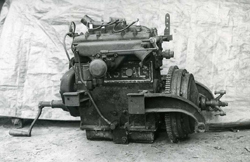
1248cc Coventry Simplex, 4-cylinder water cooled, 63mm x 100mm.
1496cc Anzani, 4-cylinder water cooled, 69mm x 100mm (For further technical information, see Marendaz Special, below).
Fletchers Guide for 1929 gives the following details.
Marendaz Special Model 11/55, produced in London 1925-1930
Engine
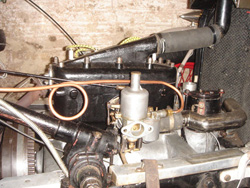 1496cc Anzani, 4-cylinder water cooled, 69mm x 100mm. Similar Anzani engines were supplied to other companies at this time. The Marendaz Special engines (and presumably the Marseal version) are distinguished by having four engine mounts, which is not ideal for a flexible chassis. It is likely that the engines were obtained by Donald Marendaz as a result of a cancelled order by A.C, as the one surviving engine carries casting numbers dating it to 1923, three years before it was fitted to the car.
1496cc Anzani, 4-cylinder water cooled, 69mm x 100mm. Similar Anzani engines were supplied to other companies at this time. The Marendaz Special engines (and presumably the Marseal version) are distinguished by having four engine mounts, which is not ideal for a flexible chassis. It is likely that the engines were obtained by Donald Marendaz as a result of a cancelled order by A.C, as the one surviving engine carries casting numbers dating it to 1923, three years before it was fitted to the car.
The dynamo, driven by a skew drive off the crankshaft, was replaced by a Cozette supercharger for some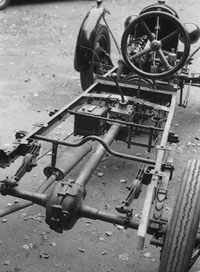 racing versions; a supercharged model was offered to customers.
racing versions; a supercharged model was offered to customers.
Chassis
Conventional ladder arrangement, semi-elliptic springs at the front and ¼-elliptics at the rear. Wheels wire, 52 Rudge-Whitworth fitted with 4.50 x19 tyres.
Transmission
Cone clutch driving to a gimbal-mounted 3- or 4-forward and reverse Marendaz-designed gearbox, thereafter by torque tube to a rigid rear axle and spiral-bevel differential.
Fletchers Guide for 1932 gives the following details.

Brakes
Lockheed hydraulic, by way of two master-cylinders. Brakes and clutch were both operated through a 2:1 gear.
Marendaz Special Model 13/70, produced in London 1931 and Maidenhead 1932-36.
Engine
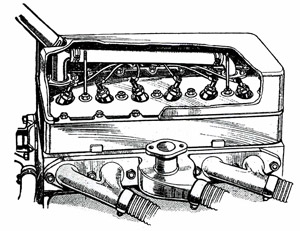 1869cc Continental/ Marendaz : 6-cylinder in-line, 59mm x 112mm, water-cooled side-valve. Early cars were fitted with reclaimed Continental engines Model 8F and 9F linered down to the 13/70 capacity. These engines are identifiable by the Continental identity plate on the left hand side of the block, or the residual rivet holes, the plate having been removed. Later engines were manufactured from scratch by Marendaz, with an improved oil system.
1869cc Continental/ Marendaz : 6-cylinder in-line, 59mm x 112mm, water-cooled side-valve. Early cars were fitted with reclaimed Continental engines Model 8F and 9F linered down to the 13/70 capacity. These engines are identifiable by the Continental identity plate on the left hand side of the block, or the residual rivet holes, the plate having been removed. Later engines were manufactured from scratch by Marendaz, with an improved oil system.
All engines were fitted with a Marendaz cylinder head and manifolding with Lucas starter and dynamo.
Chassis
Conventional ladder arrangement, semi-elliptic springs front and rear. Wheels wire, 52 Rudge-Whitworth fitted with 4.50/4.75 x19 tyres.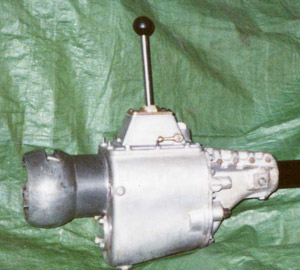
Transmission
Dry-plate clutch to spherical ball mounted Marendaz-designed 4-forward and reverse gearbox, thereafter by torque tube to a rigid rear axle and spiral-bevel differential.
Later cars had a Laycock 4-forward and reverse gearbox.
One car was built with an additional gearbox, to give extra low gears for hill climbing.
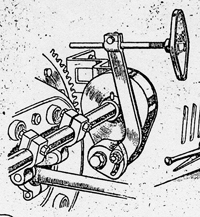 Brakes
Brakes
Lockheed hydraulic, with a single master-cylinder. Brakes and clutch were both operated through a 2:1 gear.
Bodywork
Coachbuilding was by Marendaz. The 13/70 Model is identified by the closely helmeted front wings.
Fletchers Guide for 1932 gives the following details.
![]()
Marendaz Special Model 17/80, produced in Maidenhead 1932-36.
Engine
2450cc Continental/ Marendaz : 6-cylinder in-line, 67.5mm x 112mm, water-cooled side-valve.
Other car details as for the 13/70 Model, except that the 17/90 had long 'Vanden-Plas'-style wings and vertical radiator slats.
Supercharging
Versions of both the 13/70 and the 17/90 were offered supercharged. This was by Zoller, mounted transversely behind the radiator. No photographs showing details of the installation are known.
Body Styles
Drop-head Coupe models had deeper doors with higher top line and extending to the bottom sill of the body. At least one Saloon was built on a long chassis.
Marendaz Special Model 15/90, produced in Maidenhead 1935-36.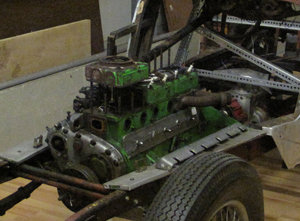
Engine
1991cc Coventry-Climax. 6-cylinder in-line, 65mm x 100mm, water-cooled, overhead inlet, side exhaust valves.
Body Styles
The 15/90 is identifiable by long wings with in-filled sides and a high door line.
One car was built to special order on a short chassis with a steel-framed body, fabric covered with cycle wings. The factory development car used for the TT and French Grand Prix had a non-standard body.

